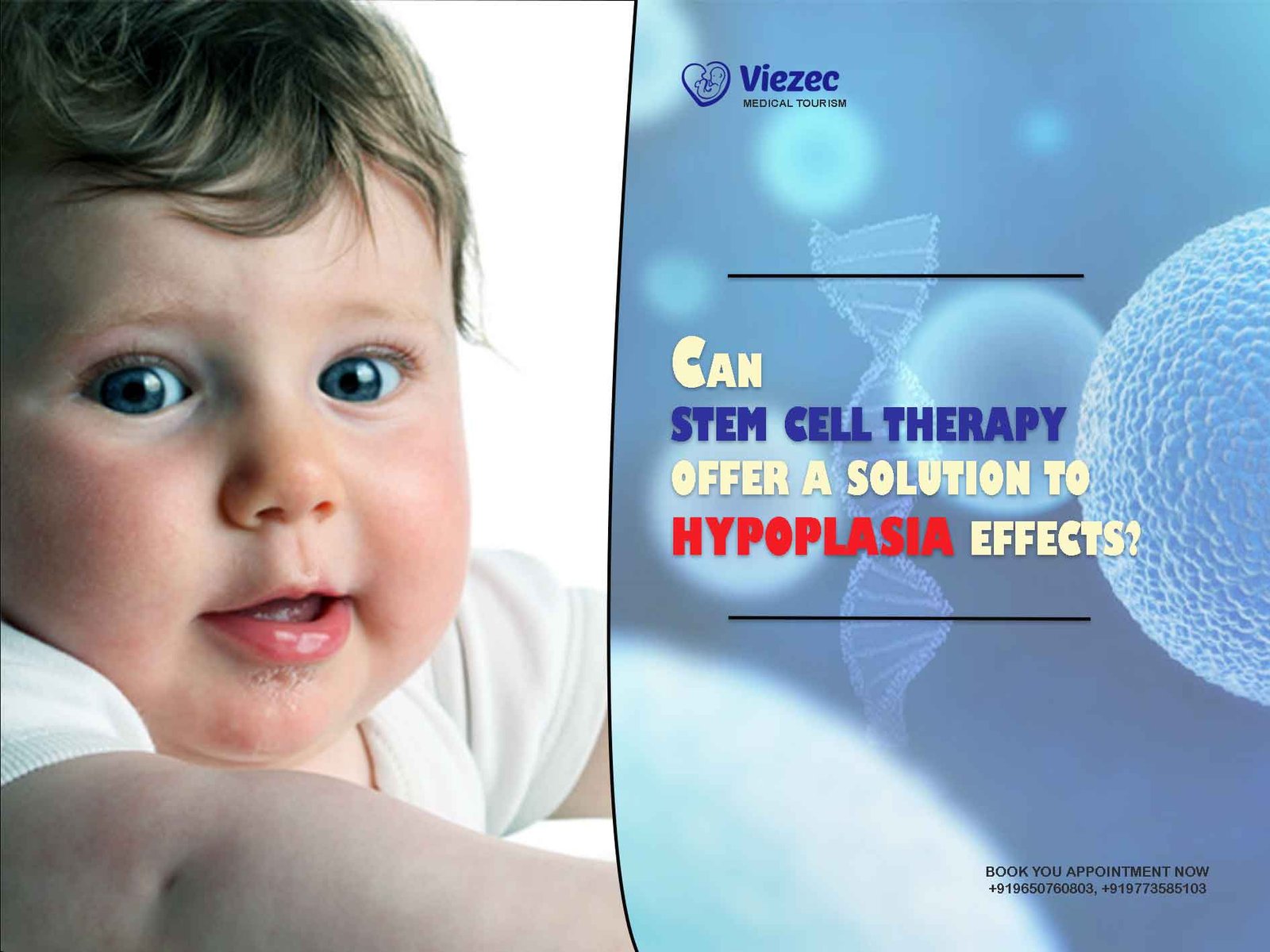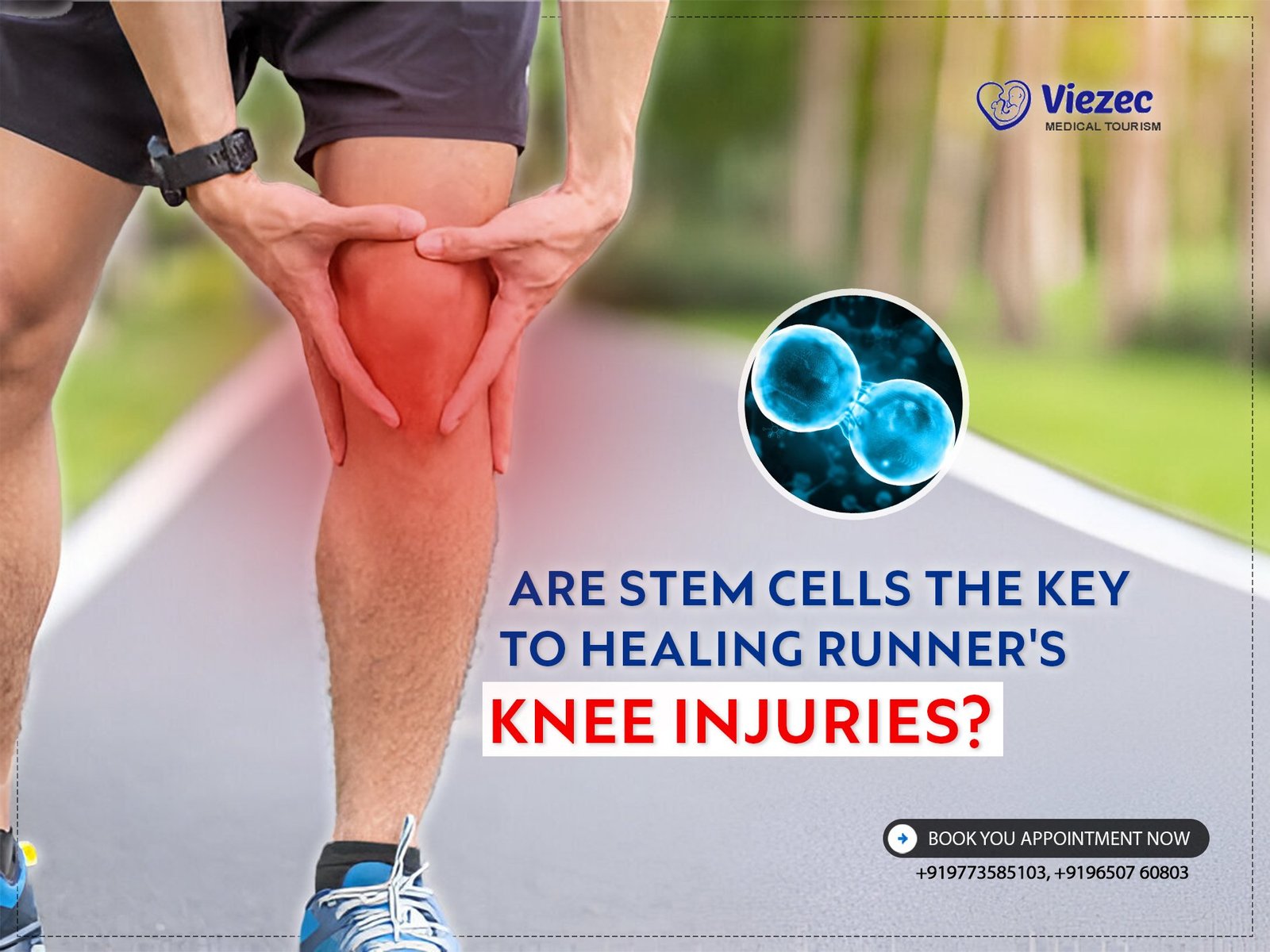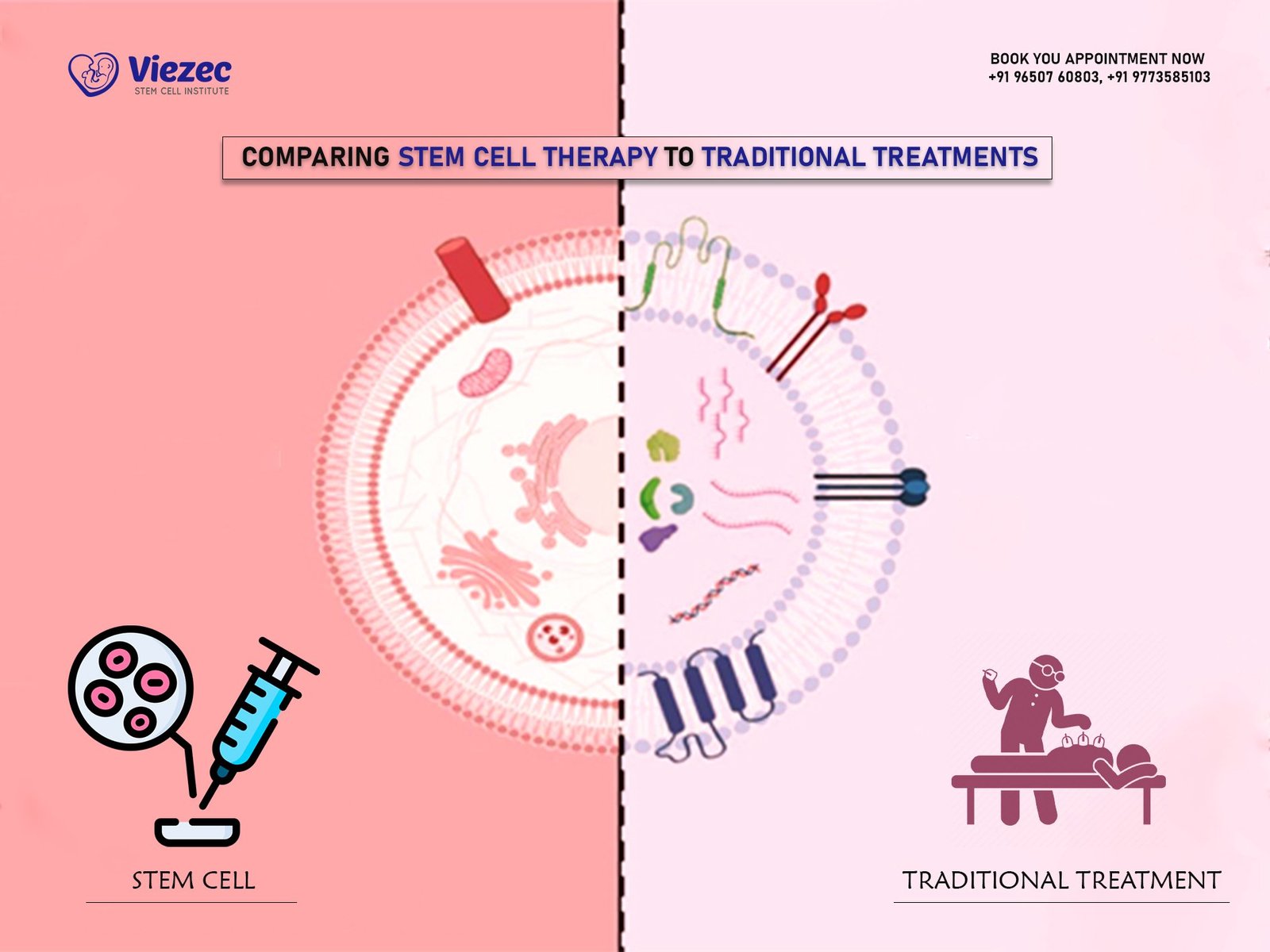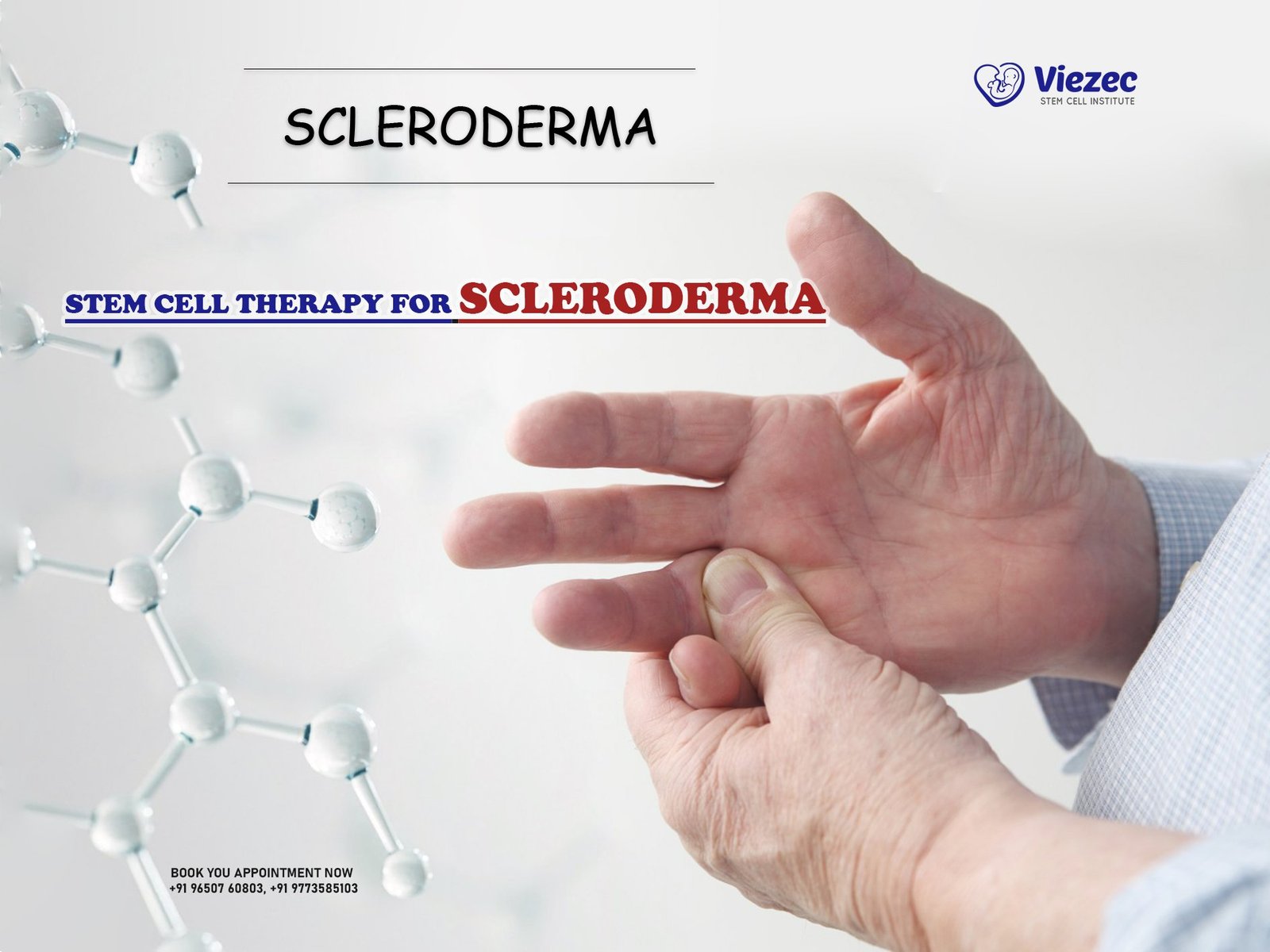Hypoplasia, a condition characterized by underdevelopment or incomplete growth of tissues or organs, poses significant challenges to patients and healthcare providers alike. Whether it affects organs like the heart, kidneys, or bones, hypoplasia can lead to various complications and impairments in affected individuals. Traditional treatment options often provide limited relief and may not address the underlying cause of the condition. However, recent advancements in medical science, particularly in the field of stem cell therapy, offer promising avenues for potentially addressing hypoplasia effects more effectively. This article explores the potential of stem cell therapy as a solution to hypoplasia effects, discussing its mechanisms, current research findings, challenges, and future prospects.
Understanding Hypoplasia
What is Hypoplasia?
Hypoplasia refers to the underdevelopment or incomplete growth of a tissue or organ. It can occur in various parts of the body, including bones, muscles, organs, and glands. Hypoplasia can be congenital, meaning it is present at birth, or it can develop later in life due to factors such as injury, disease, or medical treatments.
Causes of Hypoplasia
The causes of hypoplasia can vary widely depending on the affected tissue or organ. Congenital hypoplasia often results from genetic factors, maternal infections during pregnancy, exposure to toxins or radiation, or developmental abnormalities. Acquired hypoplasia may occur due to trauma, infection, autoimmune disorders, or certain medical treatments such as chemotherapy or radiation therapy.
Effects of Hypoplasia
The effects of hypoplasia depend on the severity and location of the underdeveloped tissue or organ. In some cases, hypoplasia may have minimal impact on a person’s health and function. However, severe hypoplasia can lead to significant complications, including organ dysfunction, developmental delays, physical disabilities, and impaired quality of life. Common examples of hypoplasia-related conditions include hypoplastic left heart syndrome, renal hypoplasia, and skeletal dysplasias.
Stem Cell Therapy: A Potential Solution
What is Stem Cell Therapy?
Stem cell therapy involves the use of stem cells to treat or prevent diseases and injuries by repairing, replacing, or regenerating damaged tissues or organs. Stem cells are unique cells with the ability to differentiate into various specialized cell types and to self-renew, making them valuable tools for regenerative medicine. Stem cells can be sourced from various tissues, including embryonic tissue, umbilical cord blood, bone marrow, and adipose tissue.
Mechanisms of Stem Cell Therapy
Stem cell therapy offers several mechanisms through which it can potentially address the effects of hypoplasia:
- Cell Replacement: Stem cells can differentiate into specific cell types, allowing them to replace damaged or underdeveloped cells within affected tissues or organs.
- Paracrine Signaling: Stem cells secrete bioactive molecules such as growth factors, cytokines, and extracellular vesicles, which can promote tissue repair, reduce inflammation, and stimulate endogenous regenerative processes.
- Immunomodulation: Stem cells possess immunomodulatory properties that can regulate the immune response, suppress inflammation, and promote tissue healing and regeneration.
Evidence from Preclinical Studies
Preclinical studies investigating the potential of stem cell therapy for hypoplasia-related conditions have shown promising results. For example, in animal models of heart hypoplasia, transplantation of cardiac progenitor cells derived from stem cells has been shown to improve cardiac function and promote myocardial regeneration. Similarly, in experimental models of renal hypoplasia, mesenchymal stem cell therapy has demonstrated the ability to enhance kidney growth and function.
Clinical Trials and Case Studies
While much of the research on stem cell therapy for hypoplasia is still in the preclinical stage, there are emerging clinical trials and case studies that provide insights into its potential efficacy and safety in humans. For instance, clinical trials investigating the use of stem cell-based therapies for conditions such as hypoplastic left heart syndrome and osteogenesis imperfecta have shown encouraging preliminary results, although long-term outcomes and safety profiles are still being evaluated.
Challenges and Considerations
Hurdles in Stem Cell Therapy
Despite its potential, stem cell therapy for hypoplasia faces several challenges and considerations:
- Safety Concerns: The safety of stem cell therapy, including the risk of tumorigenicity, immune rejection, and off-target effects, remains a significant concern that must be carefully addressed through rigorous preclinical and clinical testing.
- Ethical Considerations: The use of embryonic stem cells raises ethical concerns related to the destruction of human embryos. Alternative stem cell sources, such as induced pluripotent stem cells (iPSCs) and adult stem cells, offer potential solutions to these ethical dilemmas.
- Regulatory Hurdles: Regulatory approval processes for stem cell-based therapies can be lengthy and complex, posing challenges for translating promising research findings into clinically approved treatments.
Patient-Specific Factors
Patient-specific factors such as age, overall health, the severity of hypoplasia, and the presence of comorbidities can influence the suitability and effectiveness of stem cell therapy. Individualized treatment approaches tailored to each patient’s unique circumstances will be essential for optimizing outcomes.
Future Directions
Advancements in Stem Cell Technology
Continued advancements in stem cell technology, including improved cell isolation, expansion, and differentiation techniques, will enhance the efficacy and safety of stem cell therapy for hypoplasia. Emerging technologies such as genome editing and tissue engineering hold promise for further optimizing the therapeutic potential of stem cells.
Personalized Medicine Approaches
The integration of stem cell therapy with other personalized medicine approaches, such as genetic screening, biomarker analysis, and precision imaging, will enable more targeted and tailored treatments for individuals with hypoplasia-related conditions. This personalized approach has the potential to maximize therapeutic outcomes while minimizing risks and side effects.
Collaborative Research Efforts
Collaborative research efforts involving multidisciplinary teams of scientists, clinicians, bioengineers, and regulatory experts will be essential for advancing the field of stem cell therapy for hypoplasia. By fostering collaboration and knowledge sharing, these efforts can accelerate the translation of basic research discoveries into clinically meaningful interventions.
Hypoplasia presents significant challenges to patients and healthcare providers, often necessitating lifelong management and care. While traditional treatment options may provide symptomatic relief, they often fail to address the underlying cause of the condition. Stem cell therapy holds great promise as a potential solution to hypoplasia effects by offering mechanisms for tissue repair, regeneration, and immunomodulation. While challenges remain, ongoing research efforts are paving the way for the development of safe, effective, and personalized stem cell-based treatments for hypoplasia-related conditions. With continued innovation and collaboration, stem cell therapy may ultimately offer hope to individuals affected by hypoplasia, improving their quality of life and clinical outcomes.









